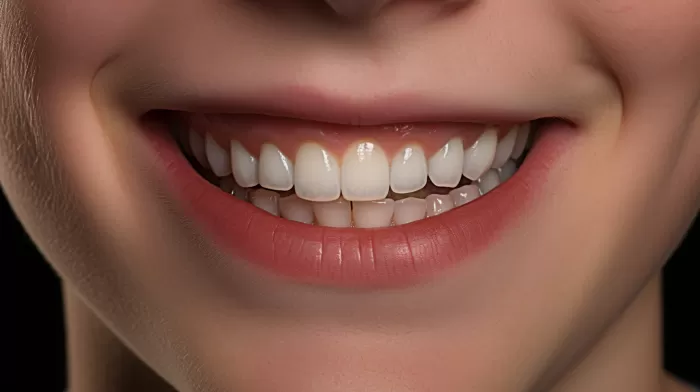A harmful form of bacteria called Fusobacterium nucleatum can lead to serious illness and help other powerful pathogens enter your bloodstream. However, there’s a simple daily routine that can help you fight against its effects: flossing your teeth regularly.
The Dangers of Fusobacterium Nucleatum
Fusobacterium nucleatum (F. nucleatum) resides in your teeth and gums, enabling germs to attack your gums and teeth while also facilitating infections that can spread throughout your body. Gingivitis, one of the most common diseases of the gums, is significantly influenced by F. nucleatum as it helps form plaque, which can double your chances of developing gingivitis.
Moreover, this harmful bacteria can also contribute to other diseases, such as periodontitis and oral abscesses.
Fusobacterium Nucleatum and Pregnancy Complications
According to Yiping W. Han, a professor of periodontics at Case Western Reserve University, in pregnant women, F. nucleatum can enter the bloodstream and cause pregnancy complications like miscarriage, preterm birth, and stillbirth. The bacteria multiply in amniotic fluid, stimulating damaging inflammation in the fetus.
F. nucleatum can also be found in lung, liver, spleen, blood, abdominal, and obstetrical and gynecological abscesses and infections.
The First Step: Attachment
Han explains that Fusobacterium adhesion A (FadA) is involved in binding, which is the very first step in establishing an infection in the mouth and body. During a mouth infection, the bacteria can increase in number by as much as 10,000 times.
So how can you fight against F. nucleatum? Han advises that the best tools available right now are to “brush, floss, and see a dentist.”
The Importance of Flossing
Flossing is often the forgotten part of many people’s daily dental routine, but it’s an essential practice in the battle against F. nucleatum and other dangerous bacteria. It helps remove plaque and bacteria from between your teeth and along the gumline, where toothbrushes may be unable to reach. Here are some tips on how to floss effectively:
- Use a piece of dental floss about 18 inches long, holding it tightly between your thumbs and forefingers.
- Gently slide the floss between your teeth in a back-and-forth motion, taking care not to snap the floss on your gums.
- Curve the floss around each tooth, making a C shape, and gently move the floss up and down.
- Use a new section of floss for each tooth to avoid spreading bacteria.
Additional Recommendations for Oral Care
Besides flossing, there are other oral care practices you should follow to ensure the health of your teeth and gums:
- Brush your teeth: Brush your teeth at least twice a day for two minutes each time, using a soft-bristled toothbrush and fluoride toothpaste.
- Clean your tongue: Use a tongue scraper or your toothbrush to clean your tongue, as bacteria and food particles can accumulate there, causing bad breath and other oral health issues.
- Rinse with mouthwash: Gargle with an antiseptic mouthwash once a day to help kill bacteria, freshen your breath, and remove any loose food particles.
- Watch your diet: Limit sugary and acidic foods, which can erode tooth enamel and lead to cavities. Instead, opt for a diet rich in fruits, vegetables, protein, and dairy products.
Regular Dental Checkups
In addition to maintaining a daily oral care routine, it’s essential to see your dentist for regular checkups and cleanings. This allows your dental professional to detect and treat issues early on and ensure you’re practicing proper at-home care.
Preventing the harmful effects of Fusobacterium nucleatum and other oral bacteria is an ongoing process. Practicing good oral hygiene, including regular flossing, and seeing your dentist for checkups and cleanings can help keep your teeth and gums healthy and keep dangerous bacteria at bay.



